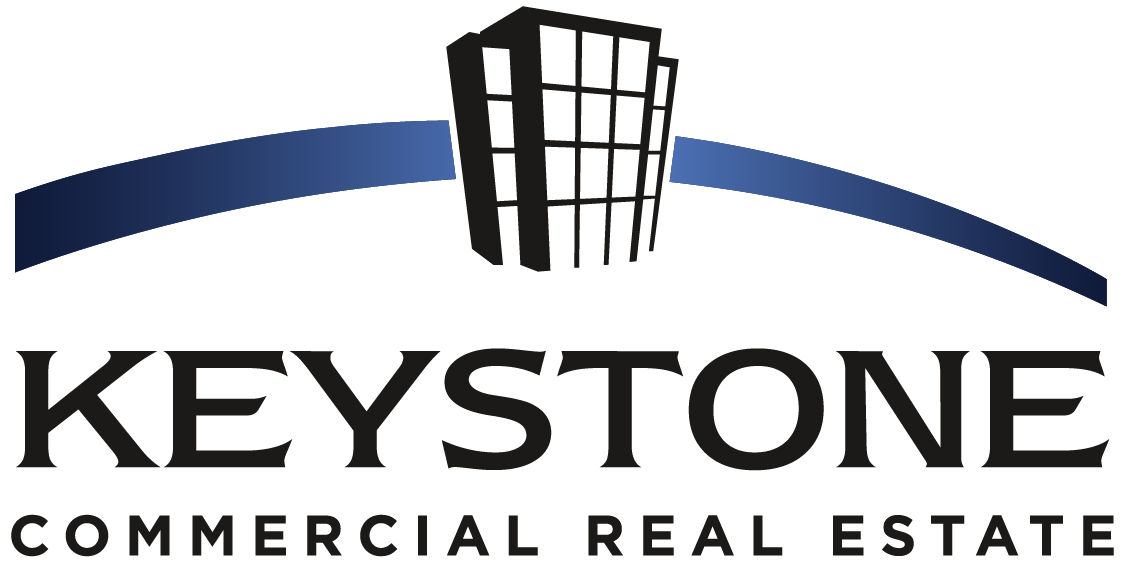Recent announcements of interest rate cuts by the Federal Reserve are sending ripples of optimism throughout the commercial real estate (CRE) industry, which has been navigating a period of high borrowing costs and slowed transaction volume. So, what exactly does a rate cut mean for CRE, and how will it influence the market moving forward?
Lower Borrowing Costs & Increased Market Activity
The most immediate and direct impact of an interest rate cut is on the cost of borrowing. When the Fed lowers its benchmark rate, it generally leads to a decrease in the interest rates offered by lenders for commercial mortgages. For investors and developers, this means financing new acquisitions or development projects becomes more affordable. Cheaper capital can incentivize new deals that were previously on hold due to high costs, potentially “kick-starting” transaction volume that had been anemic for the past few years.
This shift isn’t just about new deals. A large number of commercial mortgages are set to mature in the next two years. Lower rates provide a crucial opportunity for property owners to refinance their existing loans at more favorable terms, improving their debt service coverage and providing much-needed financial relief.
The Treasury Connection: A Key Market Indicator
The correlation between Treasury yields and commercial real estate loans is crucial, as the yield on specific Treasury bonds serves as a benchmark for commercial mortgage rates. This relationship is particularly strong with the 10-year U.S. Treasury note, which lenders and investors view as a proxy for the long-term, risk-free interest rate in the economy.
Commercial mortgage rates, especially for fixed-rate loans, are typically set as a “spread” above the yield on the 10-year Treasury note. This spread accounts for the added risk and costs associated with commercial mortgages compared to a government-backed bond, such as the risk of borrower default, loan servicing costs, and a profit margin for the lender. Therefore, as the 10-year Treasury yield falls, so too do the underlying rates for commercial loans, making borrowing more affordable.
Impact on Property Values and Cap Rates
Interest rates have a direct influence on property values, largely through a metric known as the capitalization rate, or cap rate. The cap rate is the ratio of a property’s net operating income (NOI) to its market value. When interest rates rise, cap rates also tend to rise, which in turn puts downward pressure on property values. Conversely, when interest rates fall, cap rates often compress, which can lead to an increase in property values.
A recent rate cut is expected to help narrow the bid-ask spread—the gap between what sellers want for a property and what buyers are willing to pay. This has been a major sticking point in the market, keeping many potential deals on the sidelines. As borrowing costs decrease and cap rates compress, buyers and sellers may find it easier to agree on pricing, leading to more deals closing.
The Bigger Picture: Sector-Specific Impacts and Cautious Optimism
While the overall sentiment is positive, the impact of a rate cut won’t be felt equally across all sectors. The multifamily market is often positioned for significant gains, as lower rates can spur new development projects and boost the profitability of existing apartment buildings. Similarly, sectors like industrial real estate may see further acceleration as developers find it more attractive to finance new projects to meet the ongoing demand from e-commerce and supply chain trends.
However, it’s important to temper optimism with caution. A Fed rate cut can also signal concerns about broader economic growth, which could affect tenant demand and rental income down the line. Additionally, factors like persistently high construction costs and evolving work-from-home trends (particularly in the office sector) still pose challenges.
For commercial real estate investors, the recent rate cut is a signal to re-evaluate portfolios and strategies. It’s an opportunity, but one that still requires a focus on strong fundamentals and strategic decision-making.
If you are interested in understanding more about how these cuts may effect your own portfolio, reach out to our team of investment advisors for an in depth review.
-More information on the effects of the recent federal interest rate cuts.




